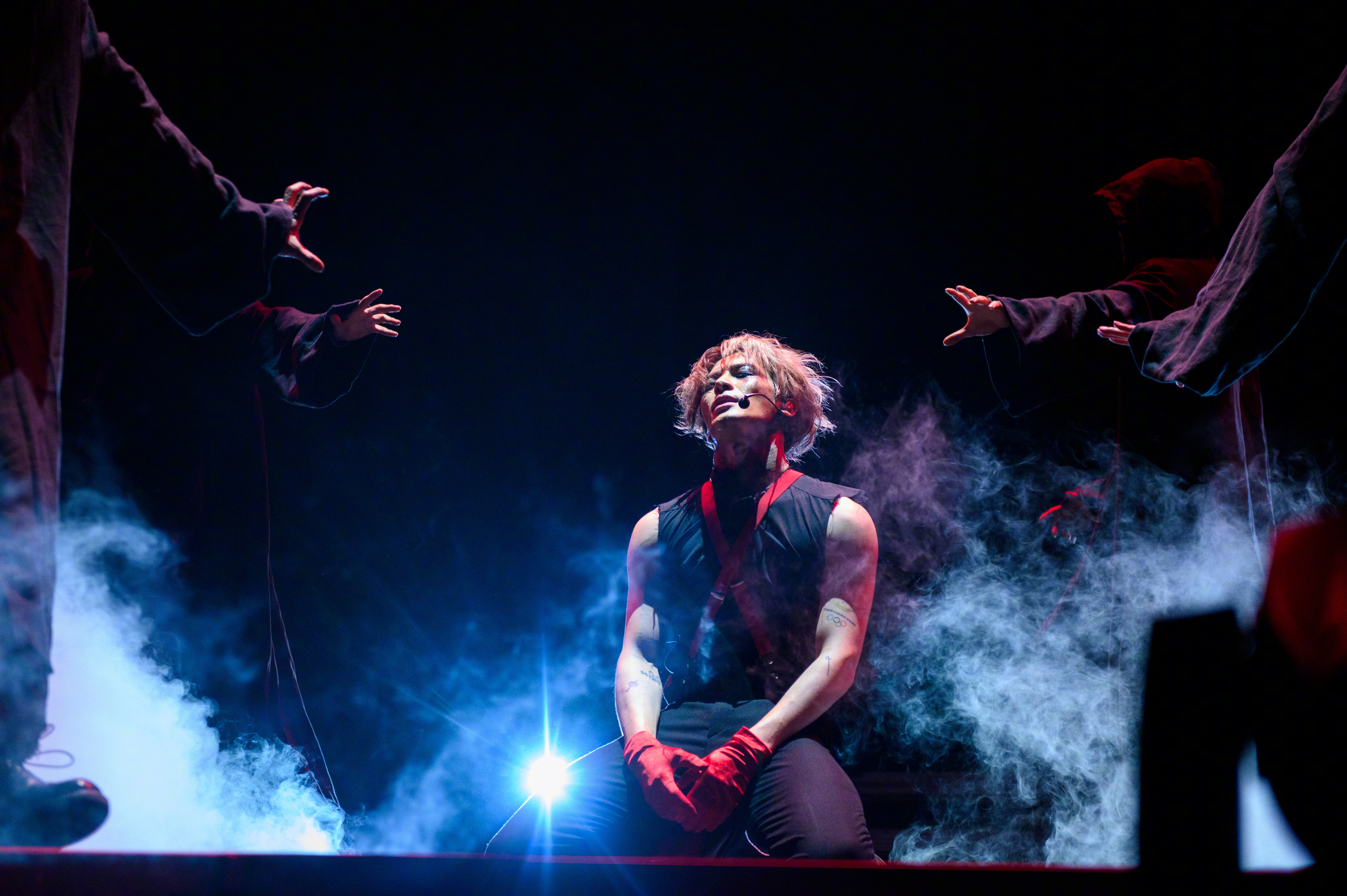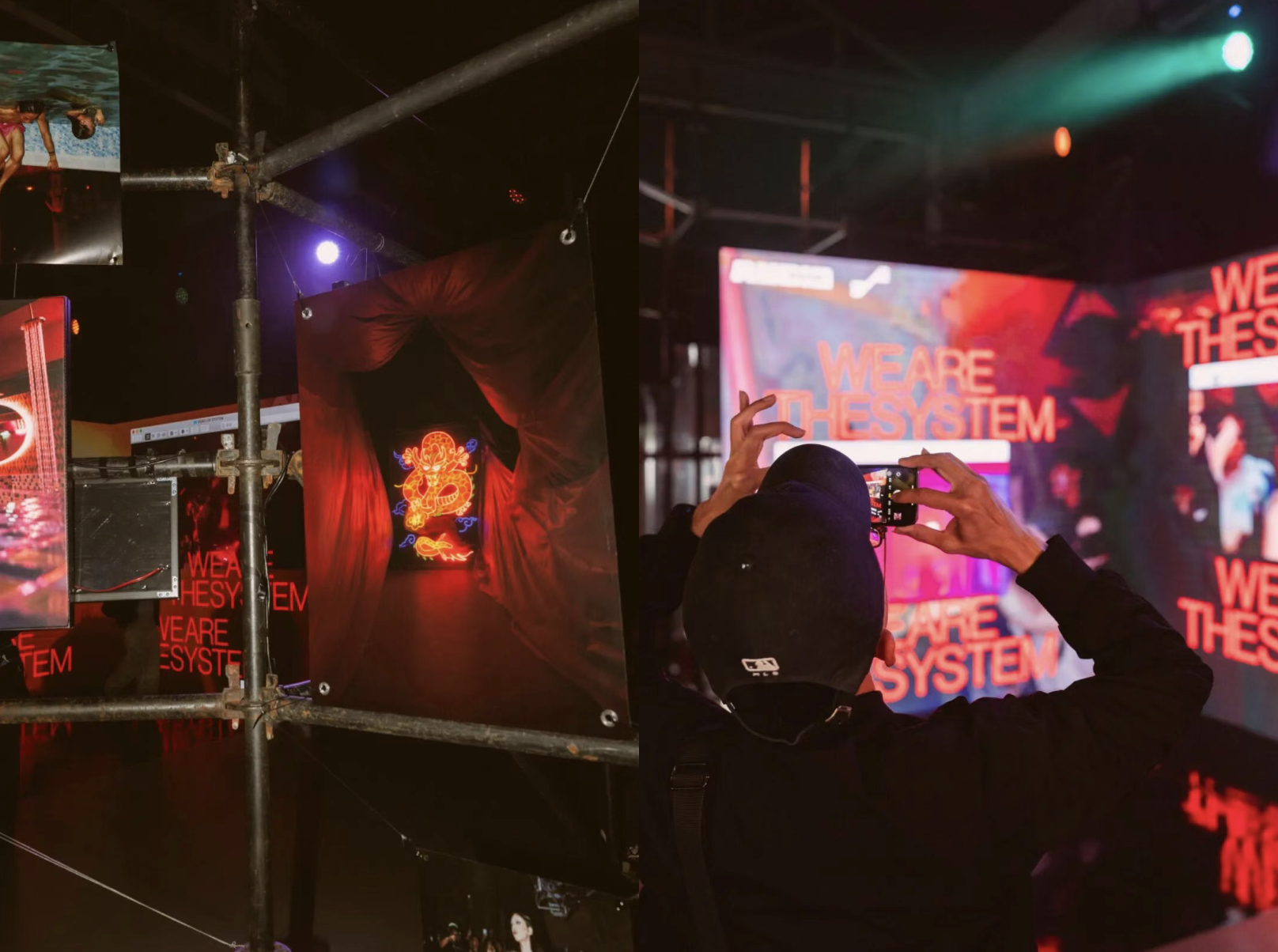Yin (音, “music”) is a weekly RADII feature that looks at Chinese songs spanning hip hop to folk to modern experimental, and everything in between. Drop us a line if you have a suggestion.
Well, we’re out of February, which means an informal end to RADII’s month-long deep-dive into the history of rap in China. We’ll still cover plenty of hip hop of course — got a mix on Chinese-food-related raps coming soon in fact — but this month I’d like to dip your toes into the vast waters of another genre that has taken an interesting shape in China: METAL.
Metal has a long pedigree in the PRC, kicking off with the tight pants and cool hair of late-80s trailblazers Black Panther and bumping up a notch in terms of heavy pentatonic riffage with the ascent of early standard bearers Tang Dynasty. Many of metal’s extended tributaries exist in China today (see Jinan band Zuriaake’s dedicated black metal, for example), but one interesting, localized sub-genre is a distinctive blend of metal and Mongolian folk, best represented by the Hohhot-formed, Beijing-based band Nine Treasures.
Jiu Bao (九宝), as they’re known in Chinese, just came out with a new music video yesterday, adapting the Mongolian morin khuur (referred to in Chinese as matouqin, “horsehead fiddle”) and the 21-stringed guzheng into a brutal 4’30” of music organized around the Buddhist concept of Bodhicitta:
Bodhicitta is “the intention to awaken to life in order to help others awaken to life,” a theme reflected in the song’s lyrics. Translated from the Mongolian, Nine Treasures singer Askhan urgently informs you, captive listener, that “As giant as the mountains and rivers can be, they still fade away with time / And your flesh will follow the same rule, fading away and aging… We wish everyone keeps going / We wish everyone chases eternal peace.”
Though somewhat restricted by their genre niche, Nine Treasures is one of the most successful underground rock bands in China I can think of, regularly drawing huge crowds (and intense pits) at domestic festivals like Midi and international festivals like Wacken and Woodstock Poland.
Askhan explains his personal blend of Metal and Buddhist heritage in an interview with Revolver that accompanies the new video:
One day after a visit, [Askhan and his grandmother] “arrived at the home of a Lama (title of a teacher of Buddhism) afterward. I was told that I could go hang out with the son of the Lama (and yup, from where I am from a Lama can surely get married and have kids). When I walked into the son’s room, I saw a young dude with long hair, jamming on his electric guitar — playing some repetitive riff over and over again, to the point that he totally ignored my visit! … That was the very first time I’d heard the amazing sound of the distortion from an electric guitar!”

Nine Treasures at Taihu Midi Festival, Suzhou, 2018 (photo by the author)
As a bonus track, enjoy a brand-new single from Inner Mongolian metalcore band Liberation, whose singer and drummer guest on the new Nine Treasures track. And keep checking in to RADII throughout the month, as we’ll be leading you deeper down the rabbit hole of metal with Chinese characteristics…
—
You might also like:
 B-side China Podcast: Underground Music and Social RitualArticle Dec 21, 2017
B-side China Podcast: Underground Music and Social RitualArticle Dec 21, 2017
 Yin: Unholy Black Metal from Nanchang’s Be PersecutedArticle Aug 17, 2018
Yin: Unholy Black Metal from Nanchang’s Be PersecutedArticle Aug 17, 2018
 Beijing Hardcore Band Struggle Session on Unique Punk Hybrids from ChinaMisfit Beijing hardcore band Struggle Session premieres a new EP and talks about some of the most interesting punk/metal/whatever hybrids they’ve encountered in their tours across ChinaArticle Dec 07, 2018
Beijing Hardcore Band Struggle Session on Unique Punk Hybrids from ChinaMisfit Beijing hardcore band Struggle Session premieres a new EP and talks about some of the most interesting punk/metal/whatever hybrids they’ve encountered in their tours across ChinaArticle Dec 07, 2018
















